Hallo-what? In Catalonia, on the evening of the 31st of October, we celebrate La Castanyada (the chestnut party) instead of Halloween.
So, there are no pumpkins, ghosts, fake blood, or terrific stuff. You’ll only find chestnuts, panellets, sweet potatoes, and the castanyera (or the chestnuts’ lady).
Intrigued? Keep scrolling to know more!
* Post written for the first time in October 2017 and updated in October 2025.
What is the Castanyada?
Castanyada is a typical Catalan festivity that occurs on the evening of the 31st of October. It commemorates the death of loved ones and celebrates the autumn season.
So, what do Catalans do to celebrate it?
The tradition is to gather with friends and family for dinner and to eat traditional Catalan food.
However, Halloween has greatly influenced the Castanyada, and on the night of the 31st of October, you can see a mix of both traditions.
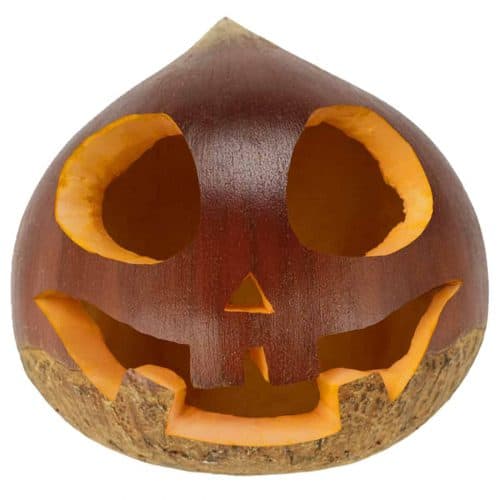
Typical food we eat for the Castanyada
The food is the best part of this tradition! The Castanyada involves eating roasted chestnuts and panellets.
If you’ve never heard of panellets, they’re a traditional dessert that Catalans only eat during the Castanyada.
They’re small, mostly round sweets made mainly of marzipan, a paste of almonds and sugar, and sweet potato. We then cover this paste with pine nuts, coconut, almonds, or even chocolate.
We bet you’ll love them! Our favourite and the most popular one is the pine nuts panellet.
Around this festivity, it’s common to see street vendors selling hot roasted chestnuts wrapped in newspaper.
Traditionally, the person in charge of roasting chestnuts to sell on the street was the castanyera, an old lady wearing threadbare clothes and a headscarf. To this day, the castanyera is still the principal symbol of this festivity, and some kids dress up as her on that day.
Besides chestnuts and panellets, we also eat typical autumn food such as sweet potatoes. It doesn’t matter if it’s baked or roasted because it’s delicious either way!
And we drink moscatell, a sweet wine that perfectly matches this type of food.
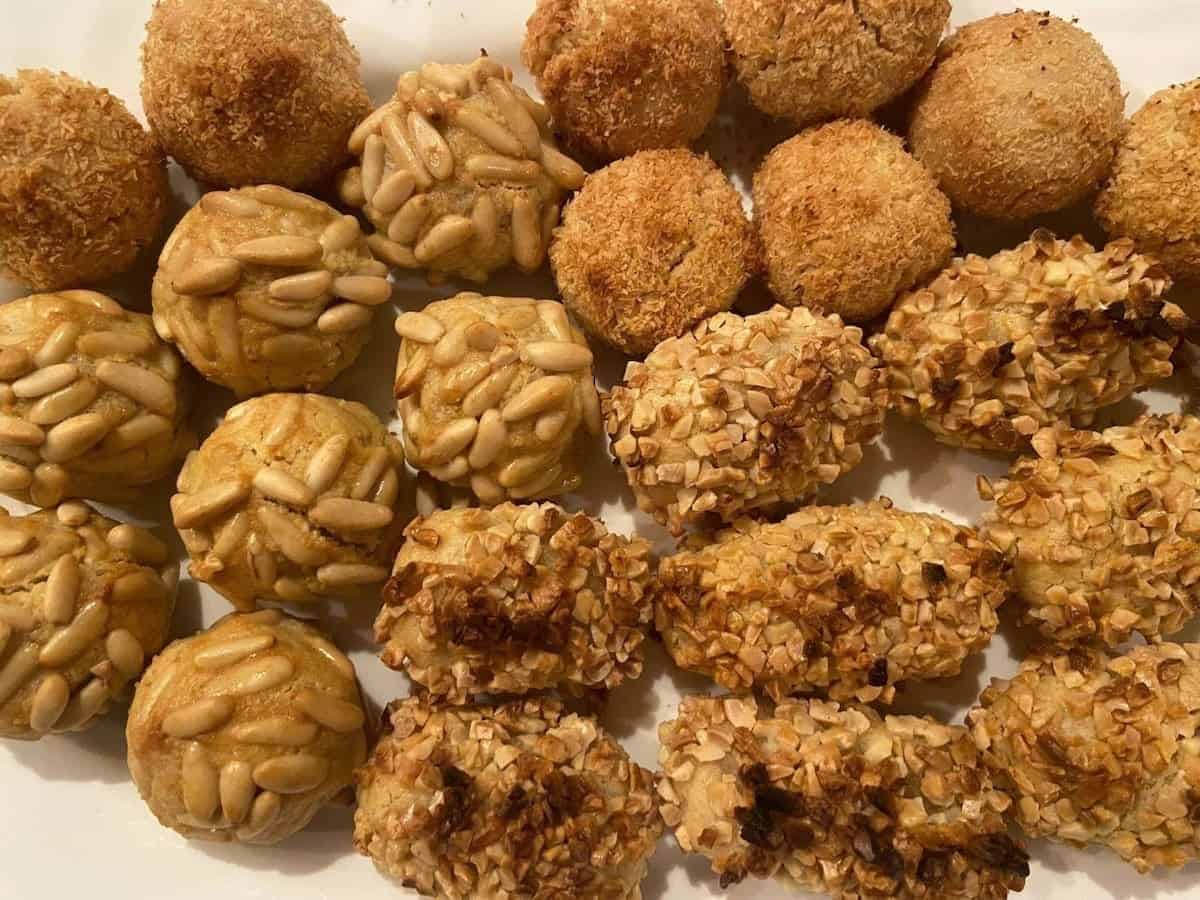
How to make panellets
We want you to try one of the best panellets on earth, so we’re sharing an old family recipe that will blow your taste buds!
You better start cooking them now, so you don’t have to wait until you come to Catalonia to try them.
👩🏼🍳 Recipe (for ~50 panellets)
- 1 kg ground almonds
- 1/2 kg boiled sweet potatoes (cold) *
- 1/2 kg sugar
- 3-4 egg yolks
- 300 g pine nuts
- Smash the sweet potatoes, add the almonds and sugar and mix well.
- Add three egg yolks. If the dough is stiff, add one extra yolk.
- Make meatball-like shapes with the dough and stick the pine nuts around them. (You can change the pine nuts for raw almonds, quince paste, candied cherries, etc.).
- Sprinkle some iced sugar over the panellets. If you don’t have iced sugar, just put some regular sugar in a blender and it will do the work.
- Spread some oil on a baking tray, place the panellets on it and varnish them with beaten egg to make them shine.
- Preheat the oven to 170ºC-180 ºC and cook the panellets for 15-20 min until golden but not burnt.
- Enjoy!
*The traditional recipe actually has potatoes, but some people, like us, use sweet potatoes. Choose whatever you like best, they’ll be delicious anyway!
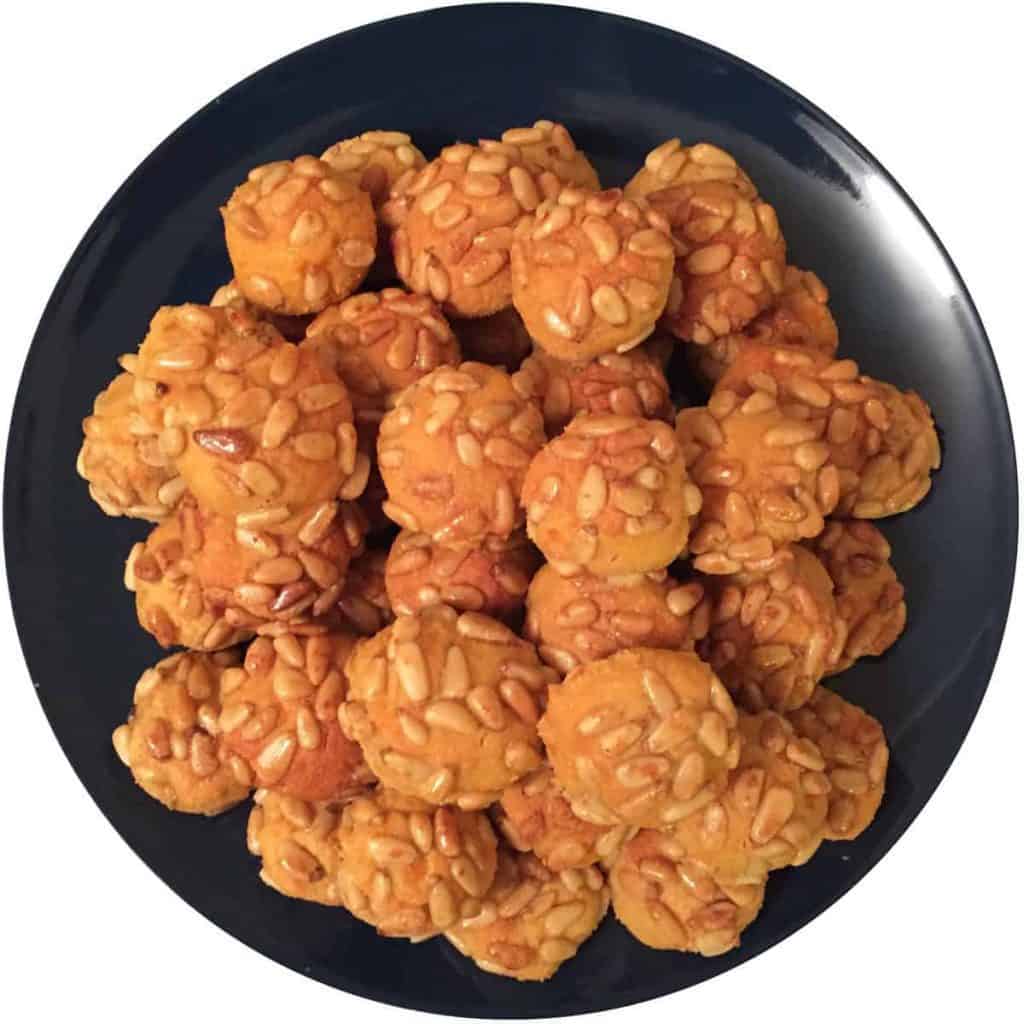
The history behind the Castanyada
The Castanyada used to be celebrated on All Saints’ Day (1st of Nov), but it has recently moved to the eve of this day.
As in the rest of Europe, All Saints’ Day is dedicated to the memory of our ancestors. This festivity originated a long time ago all over Europe. It comes from an ancient pagan tradition in which people celebrated the end of good weather — meaning the end of the harvest — and commemorated the souls of their dead relatives.
During this ancient funeral ritual, families gathered around the table to eat chestnuts, sweet potatoes, panellets, and dried fruit while remembering the deceased family members.
The bell ringers primarily ate these foods for sustenance, as they needed lots of energy to ring the bells throughout the night to honour the dead familiars. Friends and relatives helped with this task, so everyone gathered and ate this kind of food.
However, there are other versions of the origin of the Castanyada. Some other stories say that the Castanyada dates from the end of the 18th century and was the meal served at funerals. During this meal, people ate vegetables, nuts, small bread rolls, and roasted chestnuts while praying for the person who had just died.
One way or another, the only truth is that nowadays, we’re still eating the same food on these dates, and the festivity is still linked to honouring death.
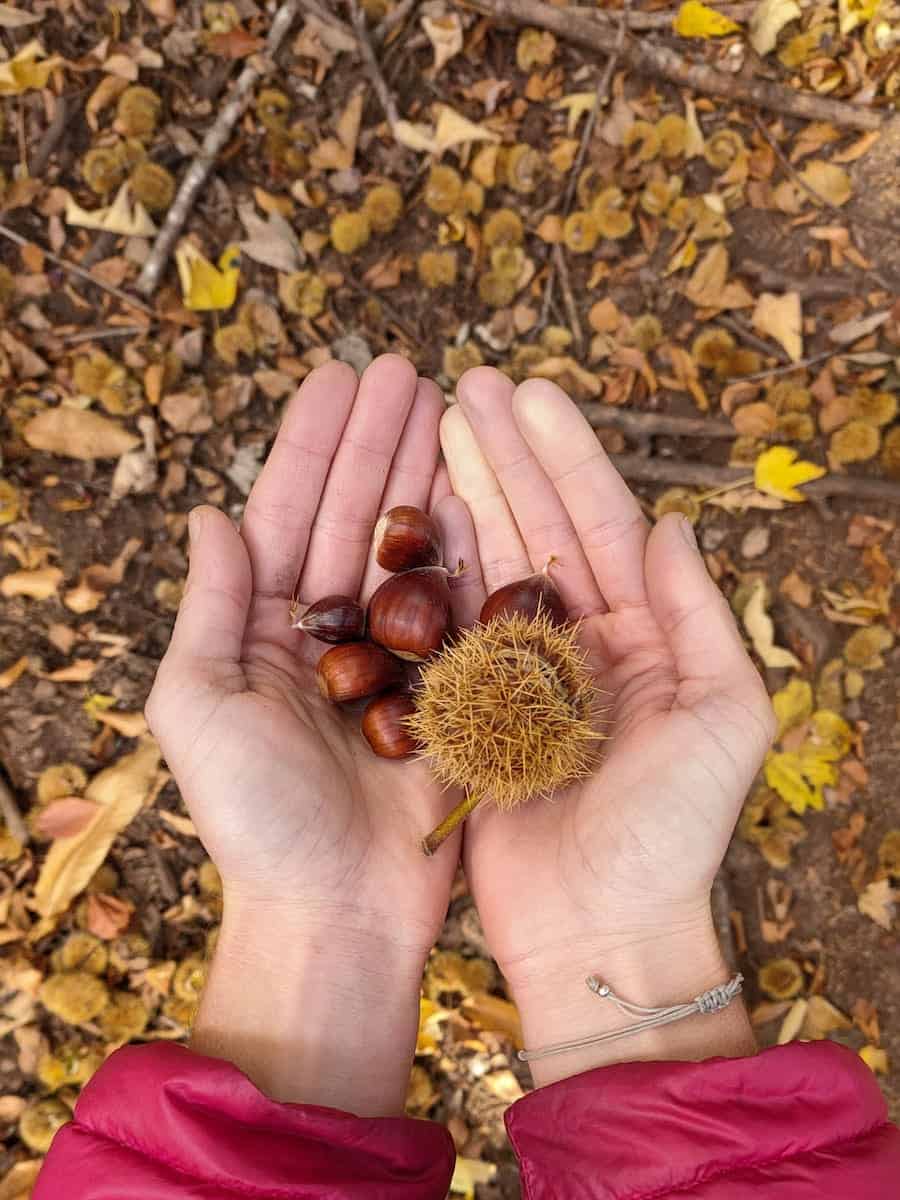
So that’s how we celebrate the most horrific night of the year: eating chestnuts and panellets! If you come to Catalonia during the Castanyada, remember to try them and let us know if you like them.
Coming to Catalonia in October or November?
Besides La Castanyada, there are many other events happening in the country. Check out our October and November guides to find the best plans.

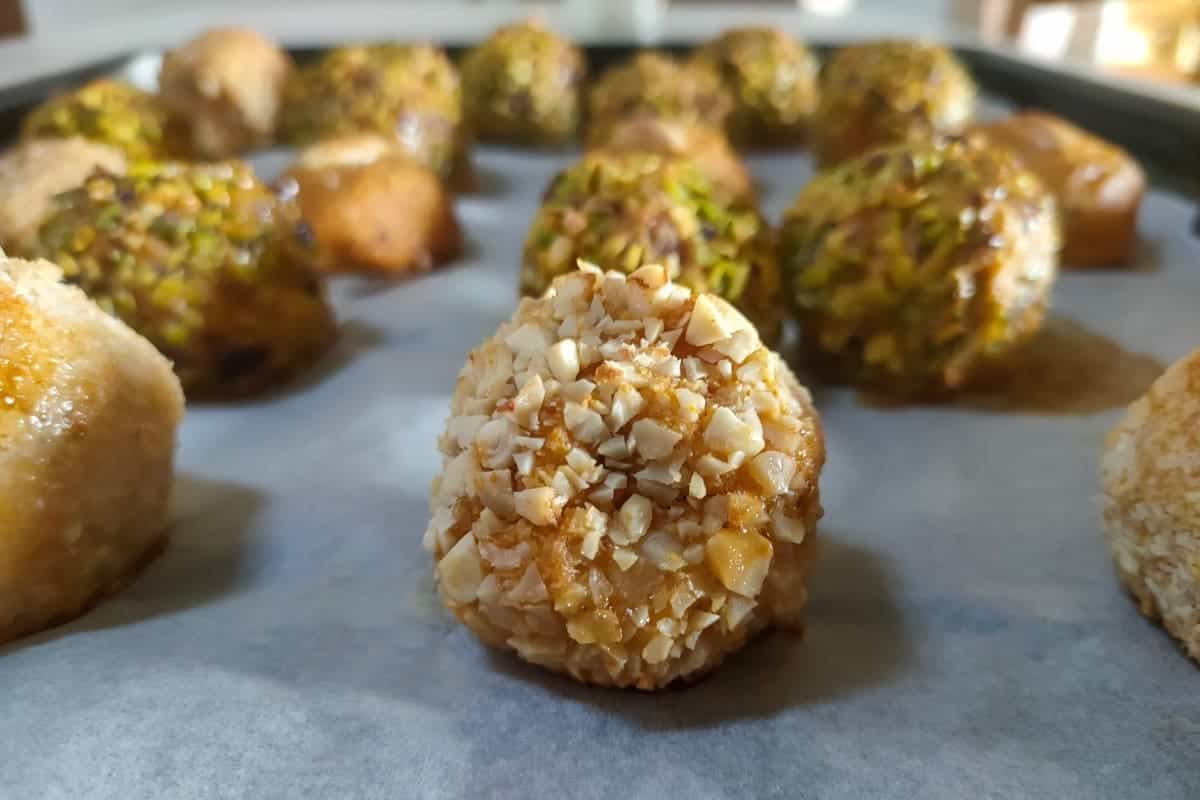
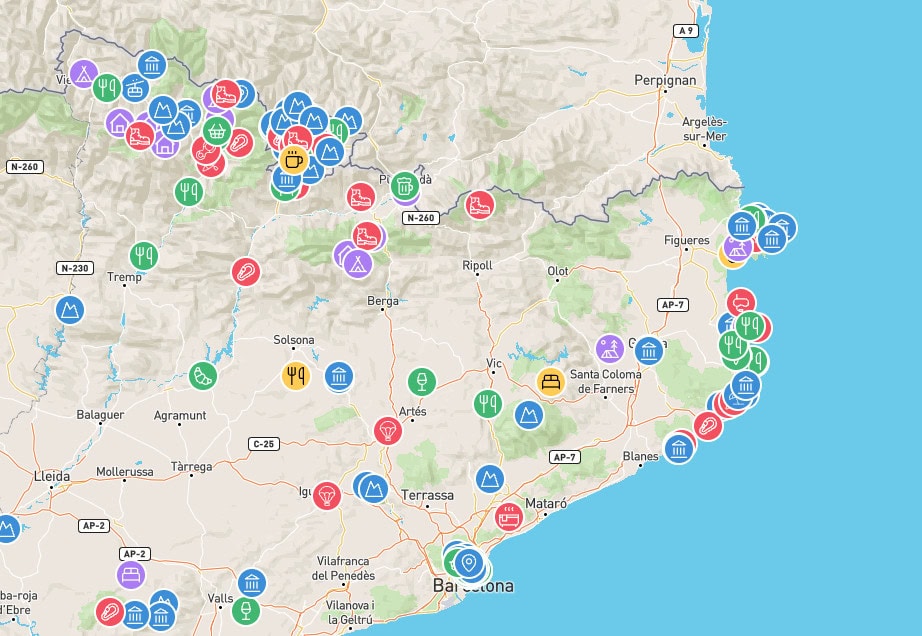

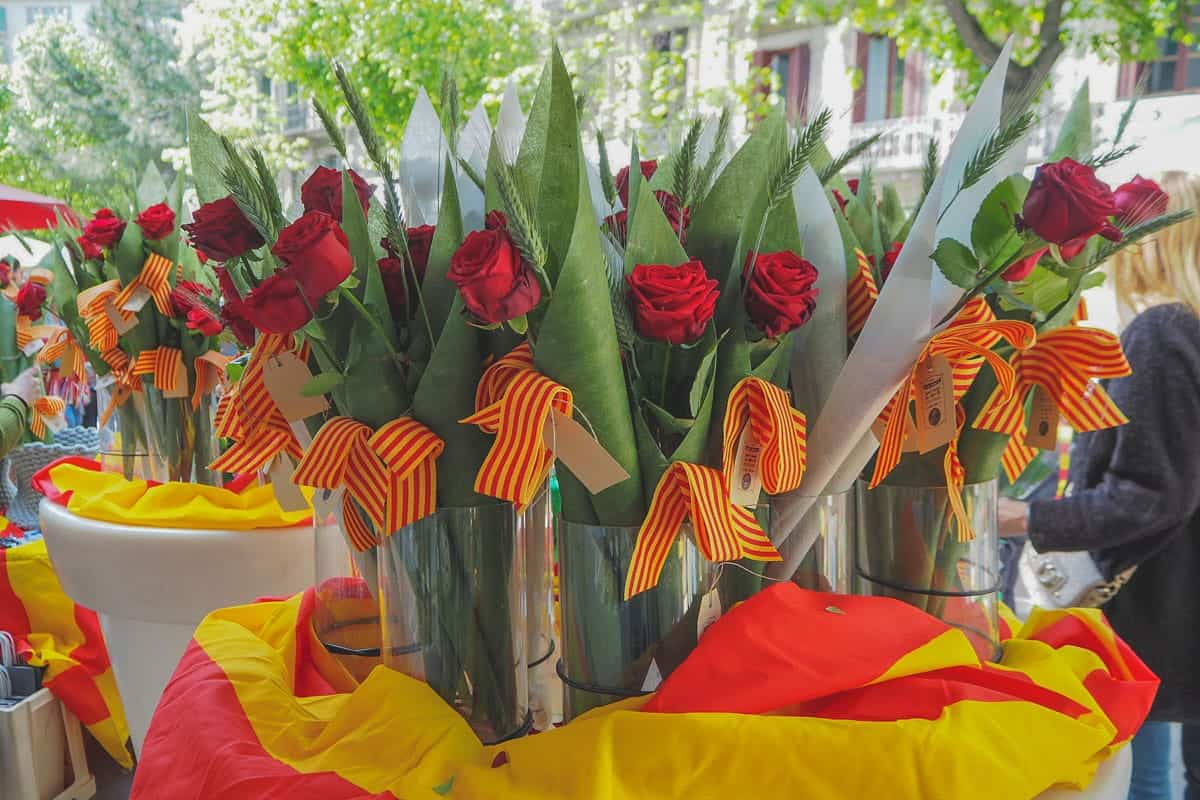
0 Comments